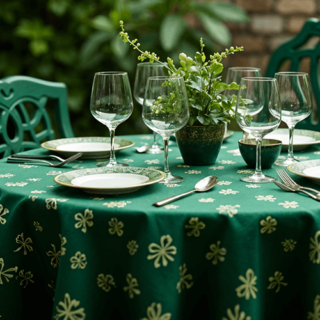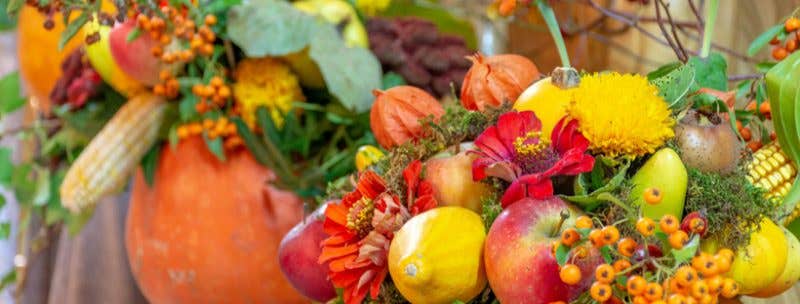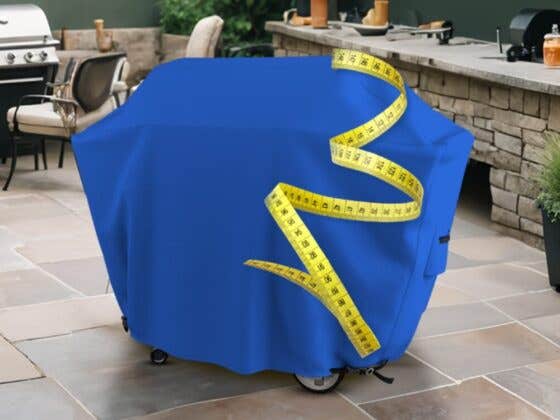The hot summer weather gets all of the attention when it comes to lush gardens, but the upcoming fall season is no excuse to pack away your gardening gear. You may be surprised to learn that fall gardening can be as abundant as spring and summer, yielding exceptional results for those who take advantage of what this time of year has to offer.
Keep your tools in hand for now and follow these tried and tested tips to produce a bountiful vegetable garden with goodies to harvest next season.
Summer Crops Have Got to Go

Time to reap the benefits of last season’s garden by picking the fresh tomatoes, cucumbers, carrots, and other veggies you planted earlier in the year and make room for the new season’s delights. The majority of the summer produce can be jarred or frozen to be preserved for future eating. With the help of storage bags, you can efficiently collect and conveniently transport your fresh garden produce to your kitchen with ease.
Bring in the High-Speed Veggies

After tidying up any plants, debris, and weeds left over from the warmer months , it’s time to replace the empty landscape with quick maturing crops suited to the cool Fall weather. Even if you plan on planting fall crops with a longer growth cycle later on, why waste an opportunity to yield another set of delectable veggies? Radishes, leafy greens, and carrots are some options that go from sowing to harvest in very little time.
Use Fresh Compost to Bring Empty Beds back to Life

You must sow new seeds in organically enriched soil to grow a healthy garden. With brown matter such as dried plant debris, leaves, and vines readily accessible around this time of year, fall is a perfect time to add to your compost pile instead of using store-bought fertilizer. Incorporating and tilling a renewed supply of compost and organic material into the soil can refresh its nutrients.
Pick of the Patch

The cool fall weather yields some of the most delicious and underrated veggies of the year. Garden experts agree that some popular crops are even more flavorful when planted for a fall harvest. Nothing beats some homegrown, fresh, and crisp spinach, broccoli, and lettuce. Even superfoods like kale and cauliflower are part of the crew of the delightful veggies that thrive amazingly in the cool weather.
Out With the Old

Fall is the season of change, so it’s time to start on a clean slate before starting your autumn garden and tidy up any dried leaves and leftover waste. Dead plant debris like fallen leaves and twigs can harbor disease-causing bacteria and annoying pests and insects like ticks.
Leaving behind any of these unwanted elements could be detrimental to any new veggies you plan on nurturing during the colder months. While clearing out your garden of these annoyances, see to it that all of your outdoor lifestyle covers, including your pillow covers, are in place to protect outdoor furniture from debris.
Mulch Obliged

Laying down a thick layer of organic mulch around plants is a simple way to keep your garden healthy. From preventing soil erosion to retaining moisture, mulching in fall has numerous advantages. Moreover, mulching serves as a protective barrier to plants against diseases and doubles up as a weed suppressant.
Less is More Fertilizer

When it comes to fertilizers for vegetables, a little goes a long way. Overfertilizing your veggies can burn the roots and encourage abnormal leafy growth that leads to a lesser harvest. Instead, try incorporating organic compost to provide a natural boost of nutrients to the soil so the plants can thrive naturally.
Some Pesticides are overrated

It’s prudent to exercise caution when applying pesticides. Despite their bad reputation, some of the bugs in your garden act as pollinators and help plants thrive by decomposing waste and devouring pests. Instead of resorting to pesticides, you should concentrate on building healthy soil and growing healthy plants capable of standing up to detrimental pest invasions.
Find a Balance When Watering

It is a common misconception that all plants need a ton of water. Ensure your seedlings are well-watered daily but not stressed. About an inch of water, every week is adequate for most vegetables. Always release the water slowly and on target, allowing the roots to soak in the moisture and the soil to retain hydration. Remember, healthy, happy plants yield the best flavor.
Give Gardening Tools some TLC

Although not uncommon for fall, it is every gardener’s nightmare to find rust on shovels and pruners. As tiring as it is to labor outside under the sun tending to your vegetable garden, it is beneficial to clean the gardening tools thoroughly before your much-needed rest. Apart from keeping your gardening gear in good working condition, it ensures disease and plant mold are not transmitted.
Veggies Need Some Shade

Even in the fall, the sun can sometimes be overbearing for many cold-weather veggies. Whether broccoli and beets or leafy greens like spinach and lettuce, most fall veggies need cooler temperatures and thrive well in the shade. Installing outdoor solar shades can provide some relief to the shade-tolerant fall veggies, especially in the afternoon when the sun is at its highest. You can also count on them to shield you from the damaging UV rays, ensuring you spend your afternoons comfortably in your outdoor garden.
Baby Steps

It is always better to start small, especially if you are a newbie to vegetable gardening. That way, you can ensure your little fall veggie garden gets the TLC it deserves. The urge to plant as many crops as possible is tempting but it is easy to get carried away and become overwhelmed with the responsibility. Take your time and choose a small plot where you can grow a small patch of fall veggies that you and your family will love.

















Recent Comments